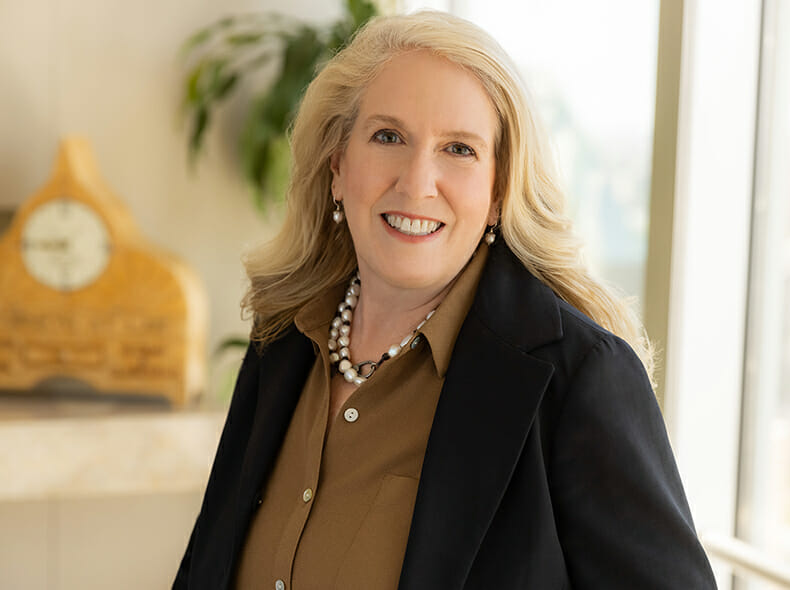(Last updated March 27, 2020)
In recent days, culminating with the epic passage of The Coronavirus Aid, Relief, and Economic Security Act (CARES Act) signed into law by President Trump on March 27, 2020, the government of the United States has enacted many programs, to be implemented and managed through the Small Business Administration (SBA), designed to aid small businesses. This client alert provides insight and information into some of the key programs enacted to provide needed cash flow to the hurting members of the small business community.
SBA Express Bridge Loan
If your business is suffering severe economic hardship, and you fear your business needs an immediate cash infusion, you may want to consider an SBA Express Bridge Loan. This loan allows small businesses with existing business relationships with SBA Express Lenders to borrow up to $25,000 in a few days, with much less paperwork than the Economic Injury Disaster Loan discussed below. This bridge-loan may then be paid off, in whole or in part, by an EIDL that should arrive in 2-3 weeks. To see a list of SBA Express Lenders, and to find the application, please visit https://www.sba.gov/page/coronavirus-covid-19-small-business-guidance-loan-resources.
Economic Injury Disaster Loan (EIDL)
If your business needs help, but can afford to wait 2-3 weeks to receive funds, you may want to consider an Economic Injury Disaster Loan (EIDL). This loan provides businesses up to $2M, at 3.75% interest with up to a 30 year term, to cover financial and operational expenses that could have been met had the COVID-19 pandemic and its resulting economic impacts not occurred. Permitted uses for these loan proceeds include the following operational expenses: fixed debts, payroll, accounts payable, and other bills not able to be paid. Disbursement of proceeds also includes a certification that the loan is needed to continue operations as a result of the pandemic and that the applicant does not already have a pending EIDL application under this program. For additional information on the EIDL program, please see the link referenced in the paragraph above. It is highly likely that, once the Paycheck Protection Program described below is implemented by the SBA, the demand for the EIDL program loans decreases, however, the EIDL program is up and running now.
Paycheck Protection Program (PPP) under the CARES Act
A key cornerstone of the CARES Act, is the so-called “Paycheck Protection Program” (PPP) aimed at providing assistance to smaller businesses. The PPP is designed to provide certain small businesses with cash-flow assistance in the form of loan: (i) made by lenders certified by the SBA; and (ii) guaranteed and administered by the SBA, to help deal with the unprecedented economic impact of the COVID-19 pandemic. The “covered period” for the PPP is February 15, 2020 through June 30, 2020.
Applicable Businesses – While the services of the United States Small Business Administration (SBA) are typically targeted at those businesses defined by existing regulations as a “small business concern” (being those businesses beneath either (a) a given average annual revenue limit or (b) a designated employee count, as applicable, as determined by the SBA and classified by North American Industry Classification System (NAICS) code linked here), the PPP generously expands its coverage to all business concerns, nonprofit organizations, veterans organization or Tribal business concerns employing not greater than 500 employees (whether employed on a full-time, part-time or other basis) or the number permitted under the traditional small business concern standards linked above for the given industry. For certain accommodation and foodservice businesses, the PPP adds additional coverage so long as each physical location does not employ more than 500 employees. So, in other words, a restaurant business with 6 locations employing 2000 employees in the aggregate could qualify for the PPP preach location that has not more than 500 employees.
Loan Limits and Details – PPP loans: (i) can be as large as 250% of a qualifying business’s average monthly payroll costs (the average taken over the last 12 months), not to exceed $10 million (and excluding any portion of such payroll costs paid to a given employee(s) over the prorated $100,000 amount discussed in the following section); (ii) have a maximum interest rate of 4%; (iii) to the extent not forgiven (as discussed below), the remaining principal balance will start to mature following the date on which the applicable business applies for loan forgiveness and shall mature not later than 10 years after such date. The PPP waives the standard fees charged by the SBA, and the requirement for a personal guarantee. Furthermore, PPP loans are nonrecourse against individual shareholders, members, or partners except to the extent that such individual used PPP loan proceeds for an unauthorized purpose. Eligible recipients will be required to make a good faith certification that (a) the uncertainty of current economic conditions makes the loan request necessary to support ongoing operations; (b) the funds will be used to retain workers and maintain payroll or make mortgage, lease or utility payments; (c) that the eligible recipient does not have an application pending for a loan under the PPP for the same purpose and duplicative of applied for amounts; and (d) beginning February 15, 2020 through December 31, 2020, the eligible recipient has not received amounts under the PPP for the same purpose and duplicative of applied for amounts. PPP lenders will be required to provide complete payment deferment relief under a PPP loan for a period of not less than 6 months, including payment of principal, interest and fees, and not more than 1 year.
Approved Uses of Loan Funds – Small businesses that receive PPP loans must use loan proceeds for (i) payroll costs, (ii) costs related to group healthcare benefits, (iii) employee commissions and tips, (iv) interest on mortgage obligations, (v) rent, (vi) utilities or (vii) interest on other debt incurred prior to obtaining the PPP loan. There is a salary cap in that the definition of “payroll costs” under the PPP (which plays into how large a PPP loan can be as well as defining approved uses of the funds) expressly excludes the salary of an individual employee to the extent that such salary exceeds $100,000 (as prorated for the covered period).
Loan Forgiveness – An eligible recipient shall be eligible for forgiveness of indebtedness on a covered loan in an amount equal to the sum of the following costs incurred and payments made during the first 8 week period from when the PPP loan is made: (i) covered payroll costs; (ii) payments of interest on any covered mortgage obligation; (iii) payments on any covered rent obligation; and (iv) covered utility payments. Forgiven amounts will be considered to be canceled indebtedness by a lender. Only business who have kept their employees on the payroll or, for those who have laid off employees, who re-hired back to pre-crisis levels by June 30, 2020, will be eligible for payment forgiveness.
Timing for Implementation – It is expected that it may take a few weeks for the PPP to be fully implemented as the SBA has 15 days from the enactment of the CARES Act to prepare the corresponding regulations. Furthermore, the SBA has 30 days after enactment of the CARES Act to provide guidance to program lenders on deferment processes to be implemented under the PPP. One final note on timing, the Senate, in its version of the bill, has requested that the SBA “issue guidance to lenders and agents to ensure that the processing and disbursement of covered loans prioritizes small business concerns and entities in underserved and rural markets, including veterans and members of the military community, small business concerns owned and controlled by socially and economically disadvantaged individuals . . . , women, and businesses in operation for less than 2 years.”
This client alert is not intended to be an exhaustive list of all potential benefits of the recent legislation, but rather is intended to highlight some of the key programs designed to stabilize the cash flow of impacted small businesses.
We will continue to review and publish further client alerts on additional programs as information becomes available. For more questions about the CARES Act, please contact:


